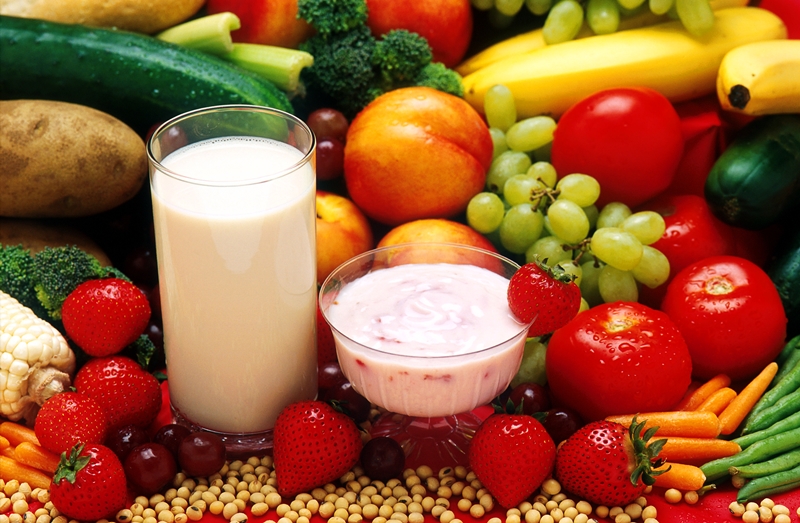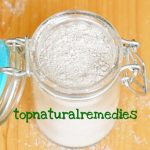The Anti-Acne Diet. Do You Know How It Works?
Each and every one of us has dealt with the annoying acne at some point in life. We have all tried to deal with this skin problem with various ointments, solutions, creams and even medication. Some of them worked, others didn’t.

Let’s see what exactly is acne and which are the most efficient methods to treat it.
Acne occurs when hair follicles are plugged with excess sebum (a thick oily substance produced by the sebaceous glands) and dead skin cells leading to infection and inflammation. The production of sebum, which keeps the skin moisturized, is influenced by the high or low levels of hormones, such as insulin, androgens or male hormones that women also produce.
Although some causes are beyond your control, there are some solutions that you can easily turn into a habit. Eat more foods that will keep the hormone levels in balance, avoid sugar and many more that will be described below.
- Omega-6 vs. omega-3 fatty acids
Both omega-6 and omega-3 fatty acids play an important role in the normal functioning and growth of the brain and heart. The body is unable to produce them, so they must be obtained from food.
Unfortunately, excess amounts of omega-6 fatty acids can increase inflammation and acne, while omega-3 fatty acids have anti-inflammatory properties and can also reduce the incidence of acne. So if you eat more seafood and fish, which are rich in omega-3 fatty acids, you will reduce the possibility of developing acne cysts, comedones, and excess sebum.
The foods rich in omega-6 fatty acids are refined vegetable oils like corn and safflower oil, walnuts or peanut butter.
- Limit the quantity of dairy products
Yes, dairy products are rich in calcium, vitamins and other nutrients that your body needs. Unfortunately, they also contain hormones, which might be the cause for your acne breakout.
To increase milk yield, cows are inseminated soon after giving birth. The calf is taken away, the cow continues to produce milk, but at the same time it is pregnant with her new calf and hormones are produced to support the pregnancy. Among the hormones that can be found in a pregnant cow’s milk are also androgens, which aggravate acne breakouts.
- Follow a low Glycemic Index diet
Foods with high glycemic index are those rich in carbs and sugar, which are quickly broken down by the body, leading to a rapid and high rise in glucose levels. In turn, the pancreas will release large amounts of insulin that cause a sharp increase in insulin-like growth factor, and androgen, both associated with acne.
- Chromium is good for you
Regular consumption of broccoli, chicken meat, corn, brown rice, fresh vegetables, fish, beef and mushrooms can help you have a clear skin. How? They are rich in chromium that stabilizes the blood sugar levels. High blood sugar levels are the ones to blame when the sebaceous glands produce more sebum.
Avoid processed foods as much as possible, as they strip food of chromium. Drinking lots of coffee or tea and eating a lot of sugar or sweets may lead to low chromium levels.
- Vitamin E and vitamin A are good for your skin
Severe acne can be caused by low levels of vitamin A and E. These two vitamins have potent anti-inflammatory and antioxidant properties.
What foods contain vitamin A and E? Sunflower seeds, asparagus, avocado, nuts, spinach and chili peppers are excellent sources of vitamin E. Vitamin A sources include fatty fish, liver, spinach, carrots, winter squash, tomatoes, cantaloupes, bell peppers and papaya.
- Consume more foods rich in zinc
Zinc reduces inflammation, kills bacteria linked with acne and has an important role in protein and collagen synthesis for a healthy skin. Sources of zinc include seafood, tofu, beef, mushrooms, spinach, garbanzo beans, green peas, asparagus, quinoa and cashew nuts.
- Be careful with your iodine intake
The thyroid needs iodine to function properly, but only in trace amounts. Excess amounts of this mineral can lead to acneiform eruptions such as acne vulgaris, acne rosacea and folliculitis and perioral dermatitis. Iodine-rich foods include salmon, tuna, seafood, sardines, yogurt, cow’s milk, eggs, and strawberries.
Stop using pricey products and adopt a healthy lifestyle that can help you get rid of acne. Just by being careful to what you eat and in what quantities, you will have not only a healthy skin but also a healthy body.



